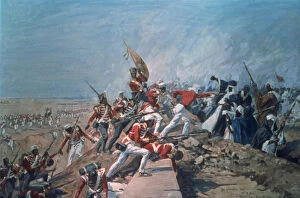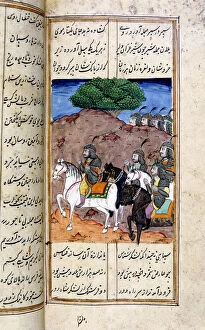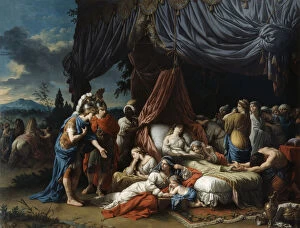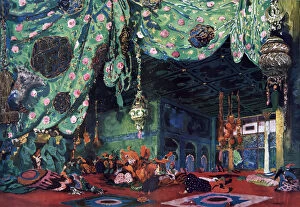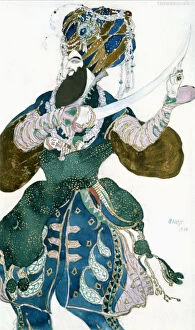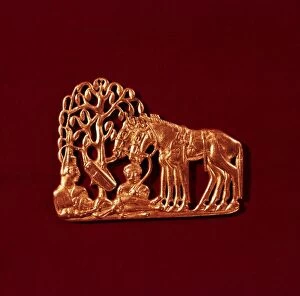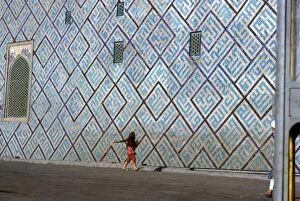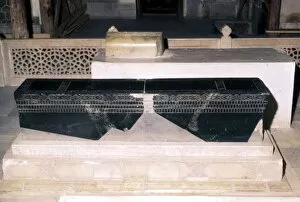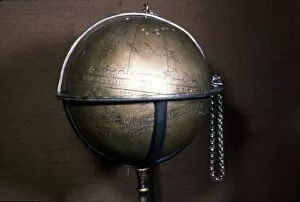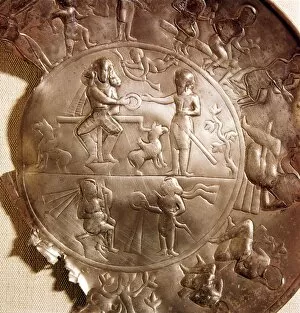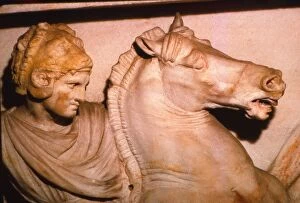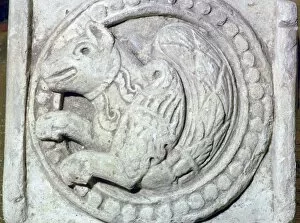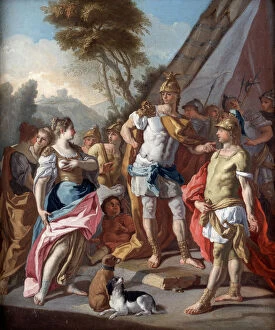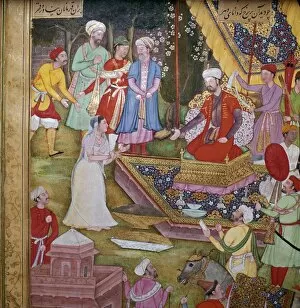Iran Collection (#95)
"Iran: A Tapestry of History and Culture" Step into the enchanting world of Iran, where ancient traditions blend seamlessly with modern aspirations
For sale as Licensed Images
Choose your image, Select your licence and Download the media
"Iran: A Tapestry of History and Culture" Step into the enchanting world of Iran, where ancient traditions blend seamlessly with modern aspirations. Explore the mesmerizing ceiling of the Tomb of Hafez, paying homage to Iran's most celebrated poet from centuries past. In Shiraz, immerse yourself in the poetic verses that have shaped Iranian literature for generations. Witness a masterpiece unfold before your eyes as you gaze upon a Qajar painting, capturing the essence of Iran's artistic heritage. Tehran's elevated city skyline offers a breathtaking panorama from the Roof Park, reminding us of this nation's dynamic growth and progress. Transport yourself back in time to witness The Coronation of the Shah of Iran, an event that marked a pivotal moment in Iranian history. Delve deeper into antiquity as you encounter remnants from ancient civilizations like the Code of Hammurabi and marvel at their enduring influence on Iranian society. Journey through vast landscapes dotted with oil rigs, such as the Derrick Floor in Iran - a testament to its rich natural resources and global significance. Discover Ahura Mazda, an integral figure in Zoroastrianism who symbolizes wisdom and divine light. Uncover stories hidden within portraits like Mohammed Reza Shah Pahlavi alongside his third wife Farah Diba - emblematic figures during his reign as Shah from 1941 to 1979. Trace back further to Reza Shah Pahlavi's era when he laid foundations for modernization and transformation. Reflect on moments when Persian culture intertwined with Arab empire during mid-700s; witness how these interactions shaped both nations' identities forevermore. Marvel at historical maps depicting Persia's grandeur throughout Asia during the 19th century. Finally, lose yourself in Artemisia Gentileschi's captivating artwork "Esther before Ahasuerus, " which encapsulates timeless tales woven within Iranian history. Iran beckons you with its rich tapestry encompassing art, literature, and a vibrant past that continues to shape its present.










